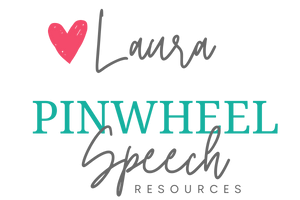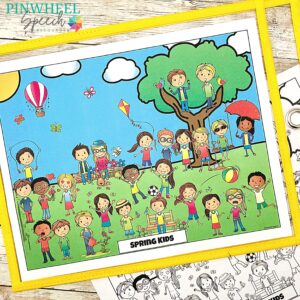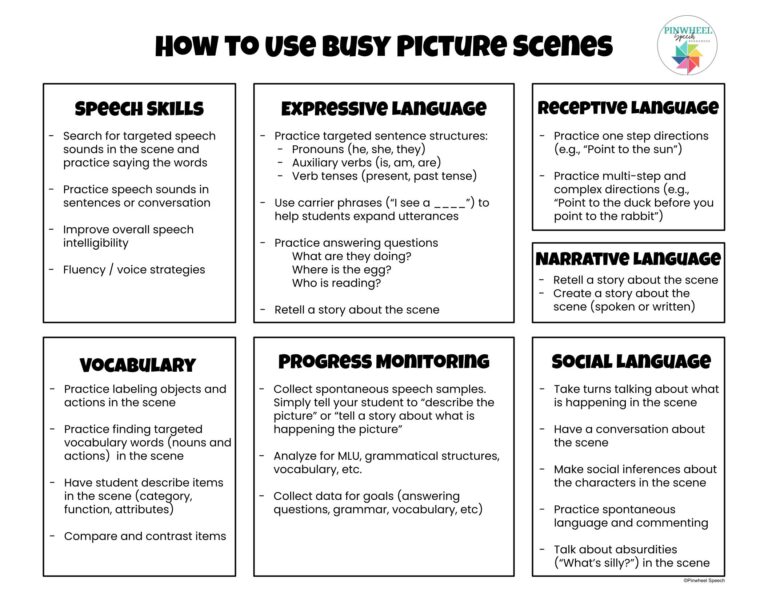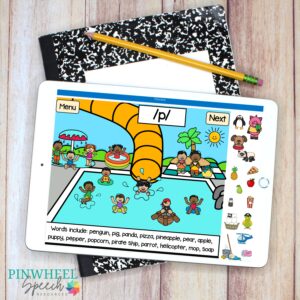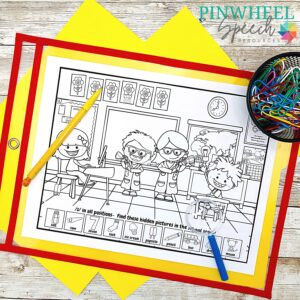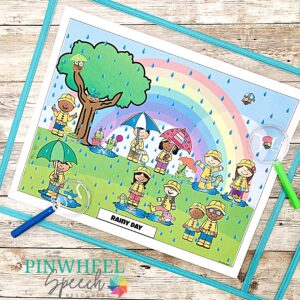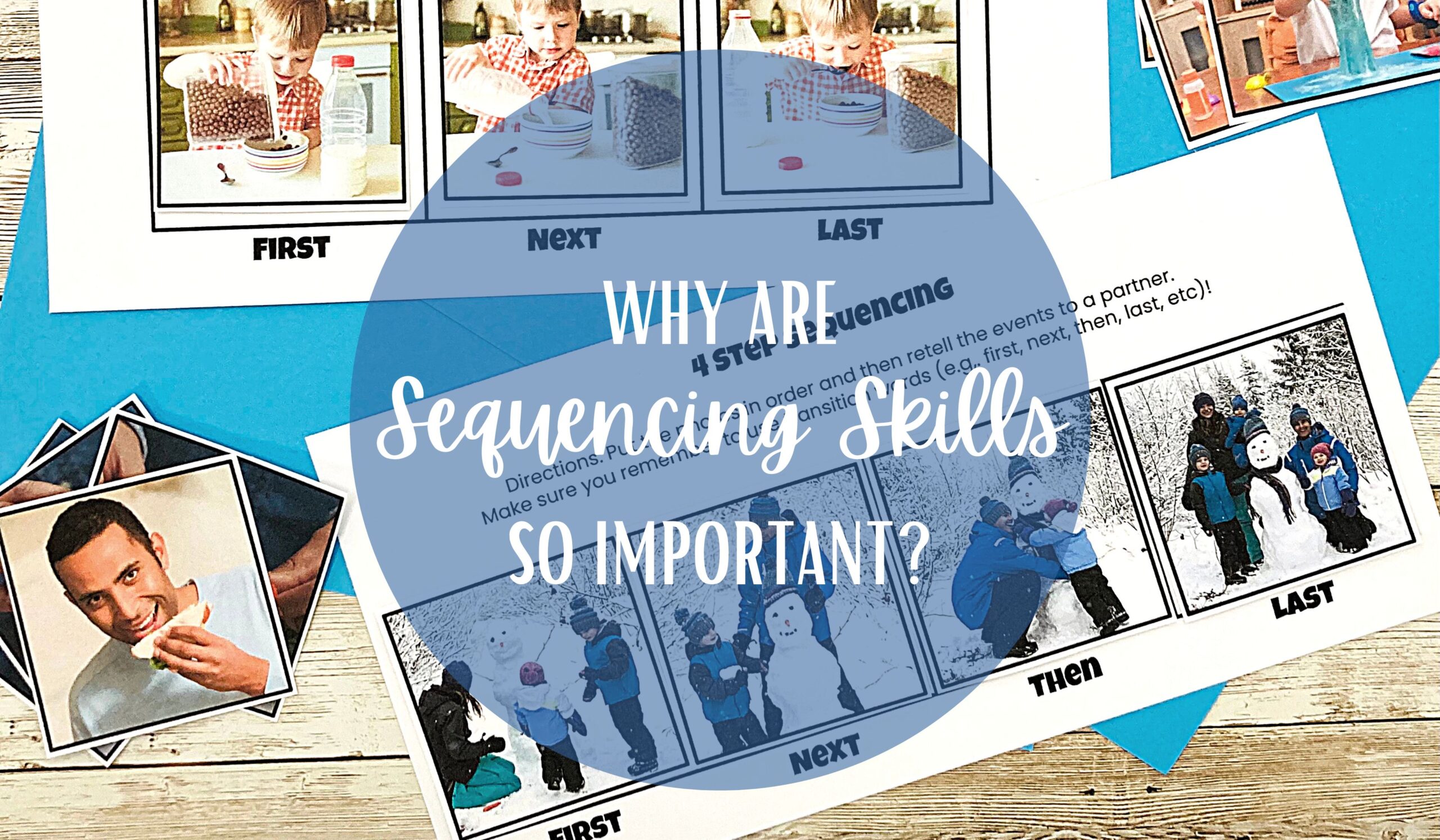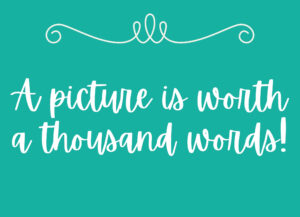
A Picture is Worth a Thousand Words
I adored Busytown Richard Scarry books growing up and I was so excited to share them with my own boys when they were younger (About Me). My 3 boys especially loved looking at all of the busy scene pictures with the funny animals driving vehicles. We also enjoyed books with hidden pictures like “I Spy” and “Where’s Waldo?” books. There was so much happening in the scenes and so much to talk about! Now that I think about it, I tended to choose books that had fewer words on the page and more happening in the pictures. After all, a picture is worth 1,000 words! Keep reading to learn how I have used busy picture scenes during my speech and language therapy sessions.
Busy Picture Scenes
I am always looking for books with busy picture scenes to get my speech/language students talking. We practice describing the scenes, answering questions, following directions, using targeted grammatical structures, and speech carryover skills. I have found busy pictures online and created a binder with my favorite scenes. My students enjoy the scenes and I love the data that they provide! I appreciate the fact that I can present busy scene pictures in person or digitally during our teletherapy sessions. I also find that they work well for mixed groups and even for progress monitoring. Click on the image below to download a list of ways that you can use Busy Picture scenes with your students:
Using Picture Scenes with Mixed Groups
I especially like using busy picture scenes with my mixed groups because there are so many different ways to use them. Depending on your students’ goals, you could target any of the following:
* Expanding utterances with carrier phrases (I see a ____, I found the ____)
* Speech sound carryover skills (sounds in sentences or conversation)
* Increasing overall speech intelligibility
* Speech fluency
* Answering questions (“What do you see under the bench?”, “Who is on the slide?”)
* Prepositions (“Where is the dog hiding?”)
* Specific grammatical structures (auxiliary verbs, pronouns, verb tenses, etc)
* Explaining absurdities (What’s Wrong with the picture? Why is that silly? )
* Making inferences about the pictures (“How are they feeling?”, “What season is it?”, “How do you know?”)
* Practicing conversation skills (Have you ever been to the zoo? Who did you go with? What did you see?)
* Following directions (“Point to the black and white dog”)
* Vocabulary (Naming items in the picture, seasonal vocabulary)
* Writing skills (Have students provide a written description or write a short story about the scene)
Are you a school-based SLP? When I worked at our neighborhood elementary school, I was overwhelmed by the number of goals that I was supposed to be progress monitoring. With more than 50 students on my caseload who each had 2 or 3 goals, it seemed impossible! Finally, I started pulling my students individually once a month to gather data. My SLPA and I used busy picture scenes to collect spontaneous speech/language samples with many of our students. We used a different scene each month and recorded their description of the scene. You can use this data to analyze sentence structures, fluency, articulation, MLU, etc. The possibilities are endless!
Sound Loaded Scenes
With my articulation students, I am always trying to elicit sentences with targeted speech sounds so I created Sound Loaded Busy Picture Scenes. Each scene contains at least 20 targeted words with the sound in all positions. For example, this /s/ scene has 27 different /s/ words in the scene! I simply tell my students to “describe the picture” or “tell a story about what is happening in the picture”. I record their response and analyze it after the session.
Create Your Own Scene!
It is always a challenge to find a variety of picture scenes. As a result, I made several “Create a Scene” digital activities with moveable pictures so students can create their own picture scenes again and again. The Create a Sound Loaded Busy Picture Scene activity is shown above. By letting your students create their own scenes, the activity becomes much more interactive and engaging. Students can create their own silly “What’s Wrong?” scenes as you discuss the absurdities. They can practice giving directions and telling you WHERE they want to place items in the scene. You could even turn it into a barrier game with two devices!
Hidden Picture Scenes
Finally, another form of busy scene pictures involves finding hidden pictures in a busy scene. I have created a variety of hidden picture scenes for articulation practice and vocabulary practice (printable and digital). These activities also include carrier phrases for practicing sounds or sentence structures at the sentence level (e.g., “I found the _____”, “Where is the ____?”).
Thank you so much for stopping by my little corner of the internet! Click on the image above to download some FREE busy picture scenes with picture prompts when you join the Pinwheel Speech Community! I hope this blog post has inspired you to use busy picture scenes with your students. I would love to hear how YOU use picture scenes. Please comment below:)
